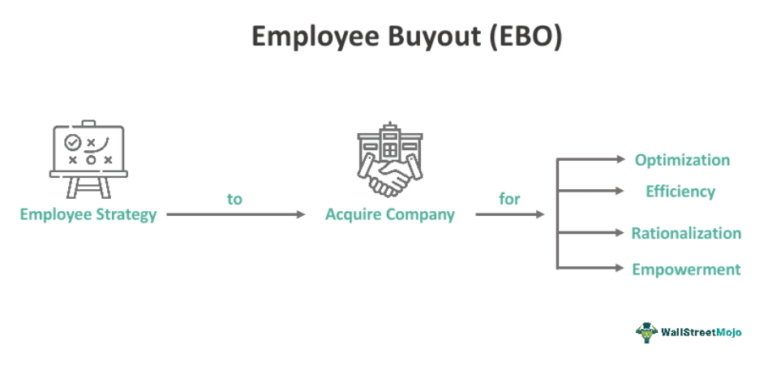
Audience
- Sentiment: Positive
- Political Group: Moderate
- Age Group: 18-34
- Gender: All genders
Overview
- CVS Health reported growth in its Pharmacy and Consumer Wellness segments, showing the ongoing demand for healthcare essentials.
- The company faced challenges in its Health Care Benefits segment, leading to declines in earnings.
- CVS is focusing on technology, customer engagement, education, and partnerships to improve healthcare experiences going into 2025.
CVS Health Corporation: Navigating Challenges and Looking Ahead to 2025
CVS Health Corporation recently revealed its operating results for the fourth quarter and the entire year of 2024. This might sound a bit technical, but what it really means is that the company has shared important information about how well it has done in terms of business and finances. As one of the largest healthcare providers in the United States, CVS Health plays a big role in how we access and manage our health. They focus on making healthcare simpler and more connected, which is something everyone can appreciate. However, like many businesses, they faced some ups and downs in the past year.
Understanding CVS’s Structure
To grasp why CVS’s results matter, let’s take a look at what the company does. CVS Health is not just a pharmacy that sells medication. They have several important segments:
- Pharmacy: This is perhaps what CVS is most known for. People go to CVS to pick up prescriptions and over-the-counter medicines.
- Consumer Wellness: This segment includes health products like vitamins, skin care, and other wellness-related items. It’s about helping people stay healthy and feel great.
- Health Care Benefits: This part of the business includes health insurance plans and related services. It’s aimed at helping people cover the costs of medical care.
When CVS gives us their quarterly results, they’re not just saying how much money they made. They’re also sharing their goals and challenges in these different areas.
A Look at Their Performance
As CVS Health reported, they saw growth in their Pharmacy and Consumer Wellness segments. Essentially, people are still getting sick and needing medications, or they’re looking to stay healthy by buying wellness products. This is a positive sign because it shows that even in tough times, healthcare essentials remain necessary.
However, the company also faced challenges in its Health Care Benefits segment. This part didn’t do as well as they hoped, and as a result, CVS saw a decline in both their GAAP (Generally Accepted Accounting Principles) and adjusted earnings per share. If we break this down, GAAP earnings are the official numbers that companies have to report according to regulation, while adjusted earnings are modified to show a clearer picture of financial health – sometimes excluding unusual expenses.
These declines suggest that managing health insurance is quite tricky. We can only imagine how complicated it is to navigate all the different needs that consumers have, especially when it comes to finances. Prices can be high, and people often have different ideas about what they need from their health plans.
Challenges on the Horizon
The landscape of healthcare is constantly changing. Whether we’re talking about new medical technologies or changes in legislation, there are numerous factors that can impact how a company like CVS operates. Having a healthcare system that keeps getting more complex can also make it challenging for companies to deliver a straightforward experience to their customers.
For the Health Care Benefits segment, competition is fierce. More and more companies are entering the marketplace, which can lead to lower prices but can also result in companies having to scramble to meet new demands or customer expectations. Furthermore, with the increased use of telemedicine and online services, if CVS isn’t proactive in adapting, they might find themselves falling behind.
Commitment to Improvement
Despite these challenges, CVS Health remains optimistic about the future and their commitment to improving care for consumers. They know that health outcomes are crucial. People want to feel better and want their healthcare experience to be as seamless as possible. There are a few key strategies CVS is likely focusing on to achieve these goals:
- Technology and Innovation: One of the most important factors in moving ahead is embracing technology. From mobile apps that allow for easy prescription refills to more extensive telehealth services, CVS is investing in tech solutions that can make the healthcare experience smoother for everyone.
- Customer Engagement: CVS may be prioritizing ways to better engage with customers. This means speaking to customers about their needs and preferences, using surveys, feedback, and community programs to understand how they can serve people better.
- Education and Awareness: By educating consumers about their healthcare choices, CVS can empower people to take control of their health. Knowing what’s available and understanding how to best use their insurance can help individuals make better decisions.
- Partnerships and Collaborations: In the healthcare landscape, working with other organizations can lead to better services and offerings. By partnering with clinics, technology companies, and wellness providers, CVS can expand the range of services they provide.
Looking Ahead to 2025
With 2025 just around the corner, CVS Health is looking to turn the tide on their performance. The company is not just focused on numbers; they want to ensure that the people they serve receive the best possible care. They envision a future where healthcare is not just about treatments but also prevention, wellness, and overall quality of life.
To move into 2025 with positivity, CVS Health is likely to set specific, measurable goals that can help steer their pathway. This means taking an honest look at where they have been, acknowledging the mistakes, and finding innovative ways to improve. The commitment to provide better healthcare experiences signals that CVS will be working hard to build stronger relationships with their customers, ensuring that they are heard and understood.
Why This Matters to You
As a 9th grader, you might be wondering why all of this is relevant to you. Well, healthcare impacts everyone, regardless of age. Whether you’re dealing with sports injuries, your family’s health plans, or future goals for your own health, understanding the dynamics of healthcare providers is essential.
In the end, CVS Health’s story is one of resilience. They’ve faced challenges, embraced growth, and are charting a hopeful path towards simplified and connected healthcare. When companies care about their customers and are dedicated to improvement, everyone benefits.
So, thinking about your own experiences, have you ever had a particularly good or bad experience with a healthcare provider? What changes do you think would make your healthcare experience better? Feel free to share your thoughts in the comments below!





